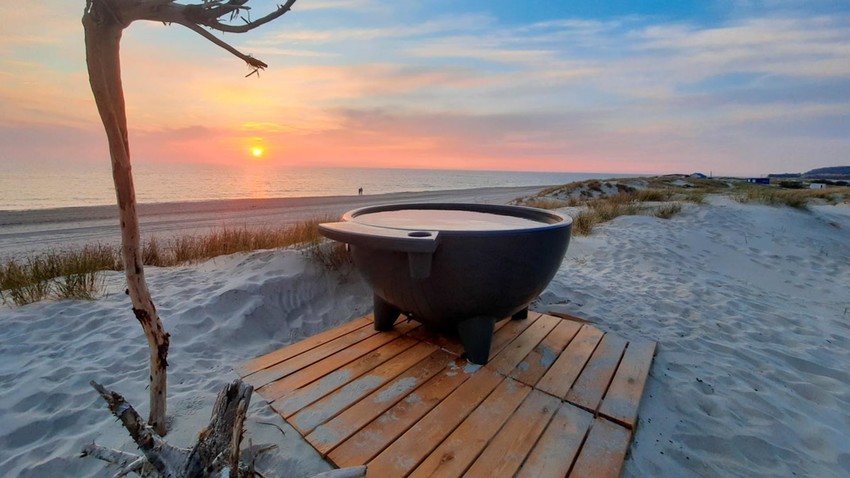
Kaliningrad Region
This is the westernmost region of Russia. Its location is peculiar: the region is an exclave, as it has no common land border with the main territory of Russia, but, at the same time, it is connected with it by sea.
For a long time, Kaliningrad was a German city called Königsberg, built by the Teutonic Knights. It only became part of Russia as a result of World War II and was renamed after Soviet politician Mikhail Kalinin.
On the island of Kant in the city center, there is a beautiful 15th century Catholic cathedral and the tombstone of famous philosopher Immanuel Kant, who was born and lived in Königsberg.
Kaliningrad region is also called the ‘Amber Land’, because it is extremely rich in this gemstone.
Outside the city is the ‘Curonian Spit’ nature reserve - a thin curved 98 km long sand-dune separating the Curonian Bay from the Baltic Sea coast.
The regional capital of Kaliningrad does not have as much historical architecture as tourists expect. To see it, so head straight to the small towns that were not touched by the bombings of World War II.
In Chernyakhovsk, known as Insterburg until 1946, you can find the ruins of a castle of the Teutonic Order. Old Prussian houses fit perfectly into this ancient landscape. Walking along Pionerskaya and Sadovaya streets, you will see a quiet town that has changed little compared to what it was 100 years ago.
Another wonderful city, Svetlogorsk, formerly Rauschen, is hidden among the pine trees on the seashore. Even the main road from the center to the residential areas goes through the forest. Ask for directions to the hotel ‘House of the Storyteller’ (Hoffman Lane, 1). In the backyard, you will find a one-of-a-kind layout of the former city center of Königsberg.
